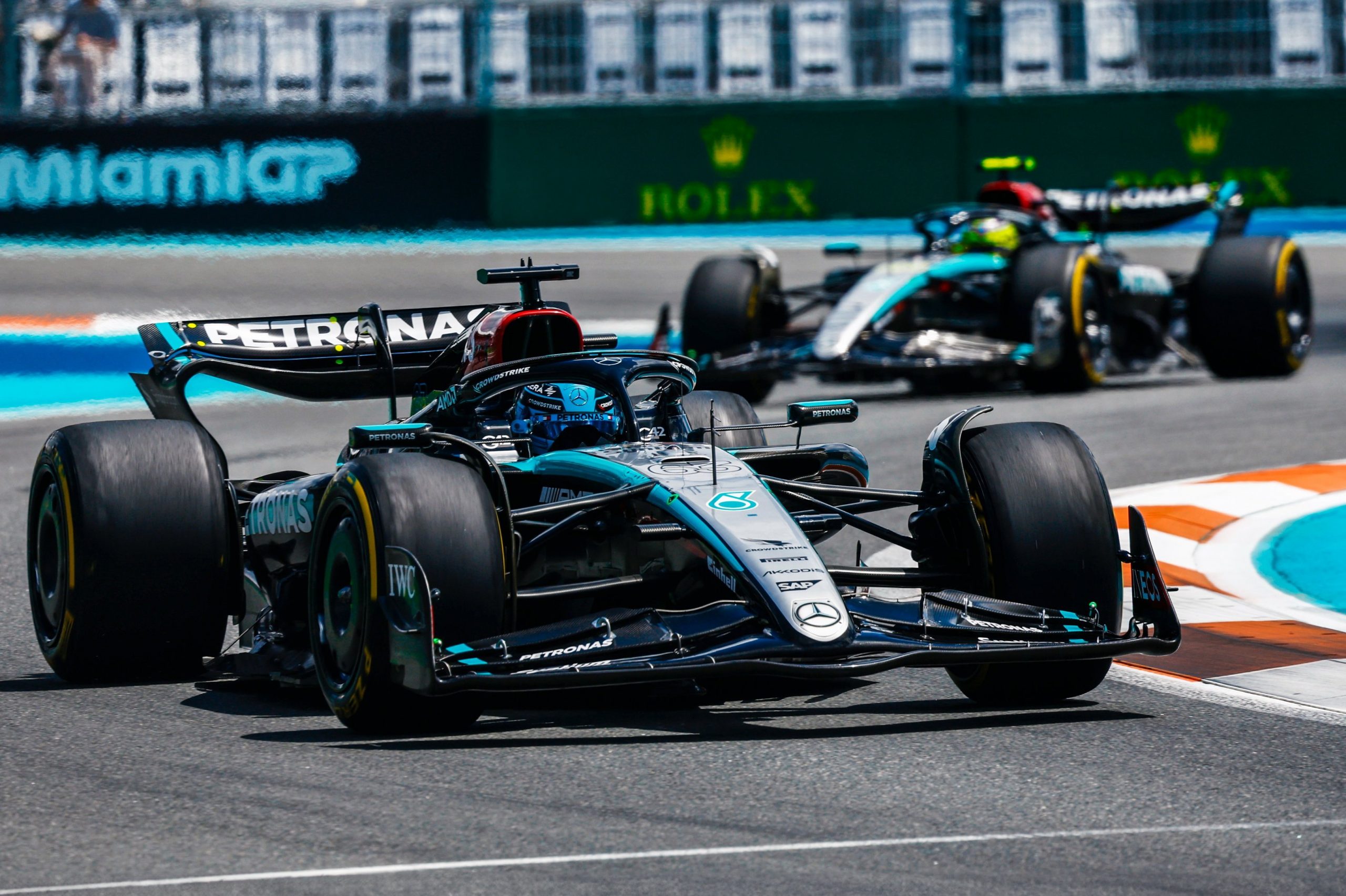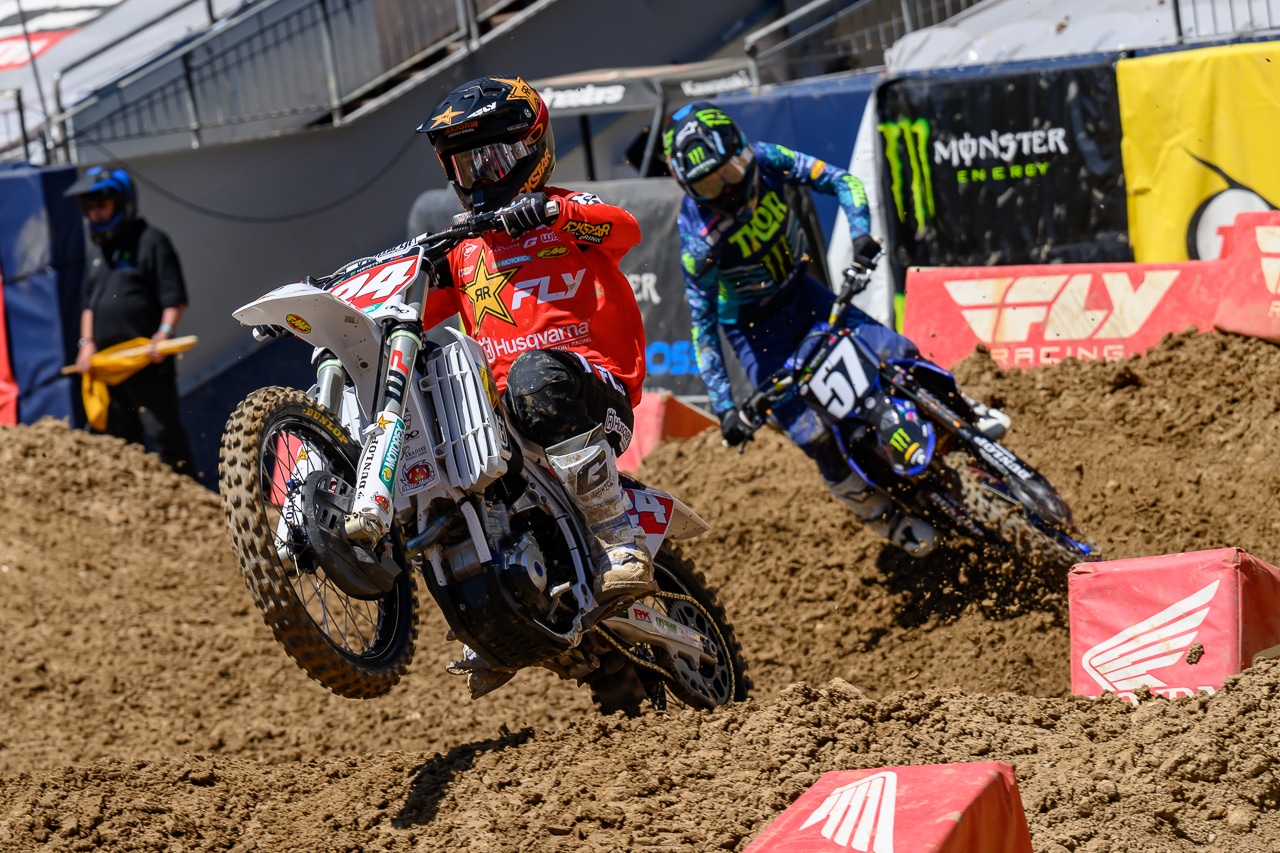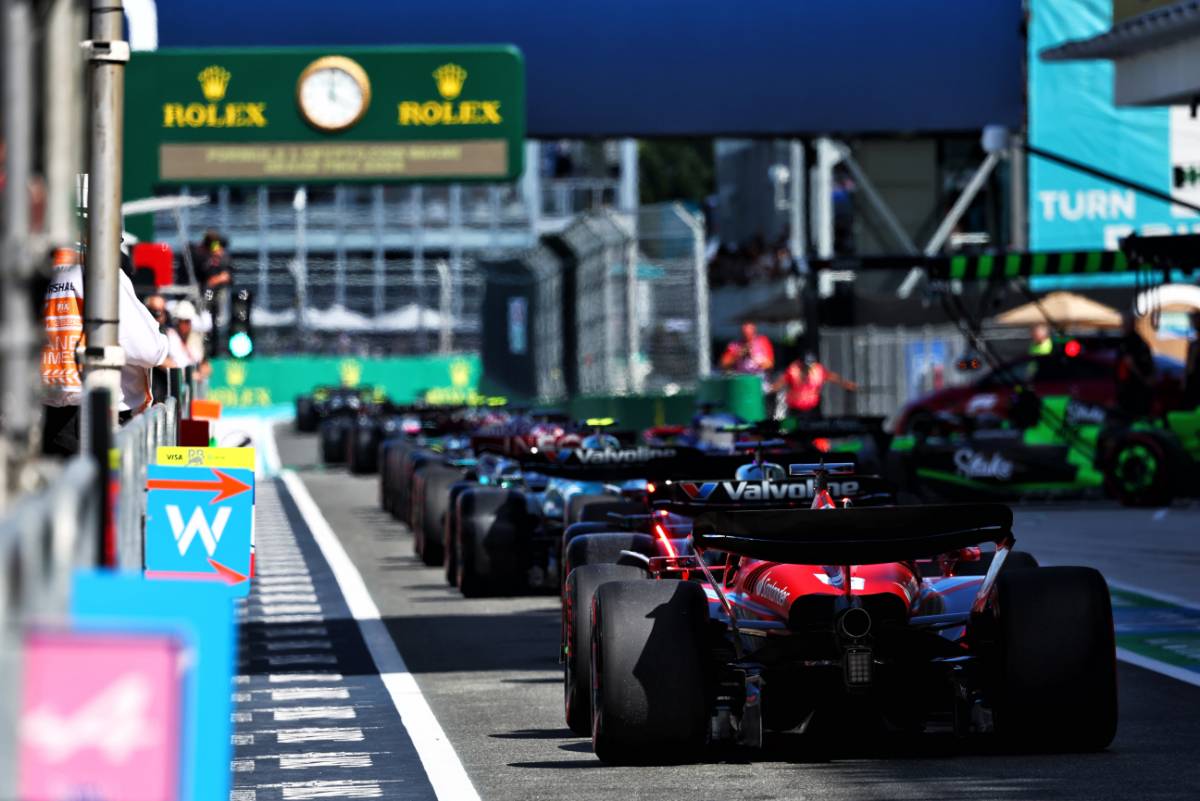
Which positions are more likely to pan out in the first round?
“The draft is a crapshoot”
“Drafting is an inexact science”
“We have to wait 3 years to evaluate a draft”
Taken together, those are three distinct impressions that all get to the same root message: drafting an NFL player is a really hard thing to get right.
And while it’s easy to forget after months of media hype, that message applies to the first round all the same. Don’t believe it? Let’s check the data as provided by ESPN.
ESPN content producer @PaulHembo calculated the percentage of 1st-round picks that “hit” or “miss,” based upon whether that player signed a second contract with the team that drafted them.
The data encompasses the 20 drafts spanning 2000-2019. Here are the positional hit rates: pic.twitter.com/mSannLz6OC
— Adam Schefter (@AdamSchefter) April 24, 2024
This table shows the rate, by position, that players at each position received a second contract. This can be thought of as a proxy for a player being deemed “good enough” by the team that drafted them to warrant a second payday. Several key points can be gleaned from this very simple analysis:
- Drafting is hard, full stop. The average second contract rate for first round picks across all positions was only 42%. This means that about 2 in every 5 players taken in the first round remain with the team that took them for the entirety of their rookie deal and then some. Given that the draft is 32 picks, this means about 13 will receive a second contract from the team that drafts them.
- Drafting some positions seems to be especially hard. Specifically, tight end and wide receiver seem to be among the hardest positions to draft well at, with second contract rates of 33% and 27%, respectively. Of note, the New York Jets have been regularly linked to players at these positions, which should highlight that the Jets might be taking a pretty large gamble in round 1 this season if they go this route.
- In comparison, some positions seem to be a bit easier to correctly project. One of those positions is offensive tackle, which has a second contract rate of 59%. Of note, offensive tackle is the third position that the Jets have been regularly linked to, so this data might suggest that a safer route for the Jets would be to take a tackle if a sufficient one was available when they pick.
- Lastly, centers basically don’t miss under this criteria, with a success rate of 92%. This is likely because only truly great center prospects get taken this high, but this would give an additional reason to be confident that the player would be good enough if the Jets do wind up trading back and selecting a center.



















You must be logged in to post a comment Login